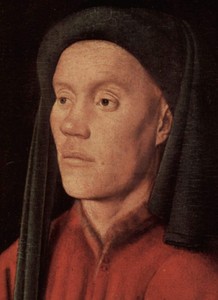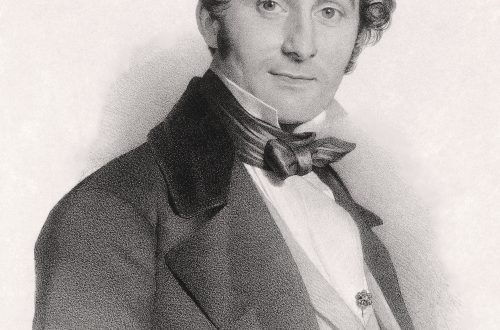
Guillaume Dufay |
William Dufay

Franco-Flemish composer, one of the founders of the Dutch polyphonic school (see. Dutch school). He was brought up in a metris (church school) at the cathedral in Cambrai, he sang in the boys’ hope; studied composition with P. de Loqueville and H. Grenon. The first compositions (motet, ballad) were written during Dufay’s stay at the court of Malatesta da Rimini in Pesaro (1420-26). In 1428-37 he was a singer in the papal choir in Rome, visited many cities in Italy (Rome, Turin, Bologna, Florence, etc.), France, and the Duchy of Savoy. Having taken holy orders, he lived at the court of the Duke of Savoy (1437-44). Periodically returned to Cambrai; after 1445 he lived there permanently, supervising all the musical activities of the cathedral.
Dufay developed the main genre of Dutch polyphony – a 4-voice mass. Cantus firmus, taking place in the tenor part and uniting all parts of the mass, is often borrowed by him from folk or secular songs (“Her little face turned pale” – “Se la face au pale”, ca. 1450). 1450-60s – the pinnacle of Dufay’s work, the time of the creation of large cyclic works – masses. 9 full masses are known, as well as separate parts of masses, motets (spiritual and secular, solemn, motets-songs), vocal secular polyphonic compositions – French chanson, Italian songs, etc.
In Dufay’s music, a chord warehouse is outlined, tonic-dominant relations emerge, melodic lines become clear; the special relief of the upper melodic voice is combined with the use of imitation, canonical techniques close to folk music.
The art of Dufay, which absorbed many achievements of English, French, Italian music, received European recognition and had a great influence on the subsequent development of the Dutch polyphonic school (up to Josquin Despres). The Bodleian Library in Oxford contains manuscripts of 52 Italian plays by Dufay, of which 19 3-4-voice chansons were published by J. Steiner in Sat. Dufay and his contemporaries (1899).
Dufay is also known as a reformer of musical notation (he is credited with introducing notes with white heads instead of the previously used black notes). Separate works by Dufay were published by G. Besseler in his works on medieval music, and are also included in the series “Denkmaler der Tonkunst in Österreich” (VII, XI, XIX, XXVII, XXXI).





